Last Updated on January 24, 2024
Walt Disney Studios has had a pretty abysmal year at the international box office in 2023. Between Ant-Man: Quantumania, The Little Mermaid, Elemental, Indiana Jones and the Dial of Destiny, and perhaps most disappointing, The Marvels, the typically successful movie studio has lost an ungodly amount of money by producing overly expensive feature films that failed to resonate among the masses and earn back their financial investments. If the studio isn’t careful and the trend continues, Disney could break another record for the all-time biggest box-office bomb on record.
Speaking of which, what would your answer be if you had to guess Disney’s most notorious financial flop of all time? Well, up until recently, the correct response would have been John Carter, the disastrous 2012 adaptation of Edgar Rice Boroughs’ A Princes of Mars. However, after tallying up the receipts in 2023, Disney’s most infamous box office failure now belongs to The Lone Ranger, directed by Gore Verbinski and starring Johnny Depp and Armie Hammer. Of course, losing hundreds of millions of dollars is one thing the studio must account for; overcoming the reputational hit of one of the most problematic productions in Hollywood history is quite another. Yet, while much of the public focus regarding The Lone Ranger has to do with the epic commercial failure and scathing critical response, many people overlook how damned and doomed the making of the movie was in 2011-2012. Between the production delays stemming from the budget spiraling out of control and the outbreak of chicken pox to weather problems and dangerous wildfires to Depp’s near-fatal horseback injury to the literal death of a crew member on set, the tragedy of the film extends far beyond the economics. Saddle the f*ck up, Kemosabe, it’s time to find out WTF Happened to the Lone Ranger ahead!
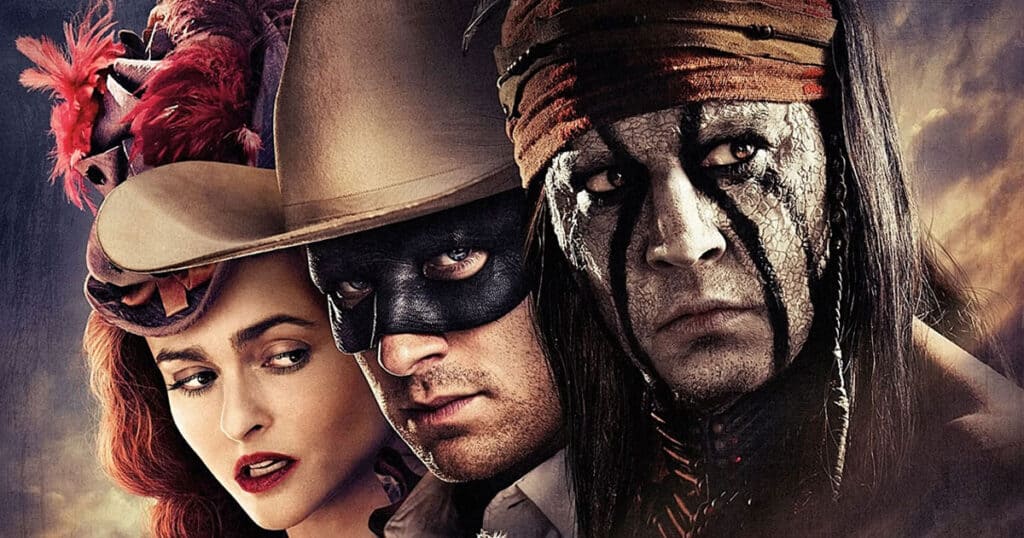
Before Disney became involved in the project, it’s worth noting that Classic Media had the rights to The Lone Ranger. In 2002, Columbia Pictures partnered with Classic Media to produce a new live-action movie adaptation of the iconic radio program and TV show. At the time, married producing partners Douglas Wick and Lucy Fisher were hired to shepherd the project, with The Mask of Zorro providing a tonal blueprint for the kind of rollicking action-adventure film the studio was aiming for. The project was allotted a moderate $70 million budget, with Columbia insisting that the character of Tonto be re-imagined as a female love interest for John Reid, aka The Lone Ranger. Various writers were recruited to work on the script, including everyone from David and Janet Peoples to Laeta Kalogridis. By early 2005, Jonathan Mostow was attached to direct The Lone Ranger after making Terminator 3: Rise of the Machines. Alas, Columbia put the project in turnaround in 2005, and the film lingered in development hell for the next two years. In 2007, The Weinstein Company expressed interest in producing the picture, but the deal dissolved when a company called Entertainment Rights swooped in and scooped the legal rights to the property. Entertainment Rights immediately partnered with Hollywood power producer Jerry Bruckheimer, who brought the project to Disney, where Bruckheimer enjoyed massive success with Johnny Depp and The Pirates of the Caribbean franchise. By March 2008, Bruckheimer hired screenwriters Ted Elliot and Terry Rosio to work on the script for The Lone Ranger. In September, screenwriter Justin Haythe was hired to rewrite the script.
Also, in September 2008, Disney announced that Johnny Depp would star as Tonto, and the decision was made to market the movie around his character rather than the titular hero. Depp even received top billing over Armie Hammer, who was ultimately cast to play John Reid, a.k .a. The Lone Ranger. This was the first time in the history of Lone Ranger movies that an actor playing Tonto received top billing. For his physical appearance as Tonto, Depp’s make-up and costume were deliberately inspired by Kirby Sattler’s 19th-century painting, “I Am Crow.” According to reports, Depp insisted on donning the full Tonto wardrobe during the table read for the screenplay in Albuquerque, New Mexico, prompting the actor to be two hours late to the meeting. Somehow, nobody is shocked by that factoid one bit.
By May 2009, British filmmaker Mike Newell began negotiations with Disney to direct The Lone Ranger. One year later, Bruckheimer claimed he was waiting to officially hire a director until after Newell finished making Prince of Persia: The Sands of Time, which Disney also produced. Bruckheimer also insisted on waiting to make The Lone Ranger until after Depp finished his commitments on Pirates of the Caribbean 4. Although Depp was attached to play Tonto, Bruckheimer told the press in 2010 that “They are going to cast the title role once they get a director and Disney greenlights. We don’t have a director yet.”
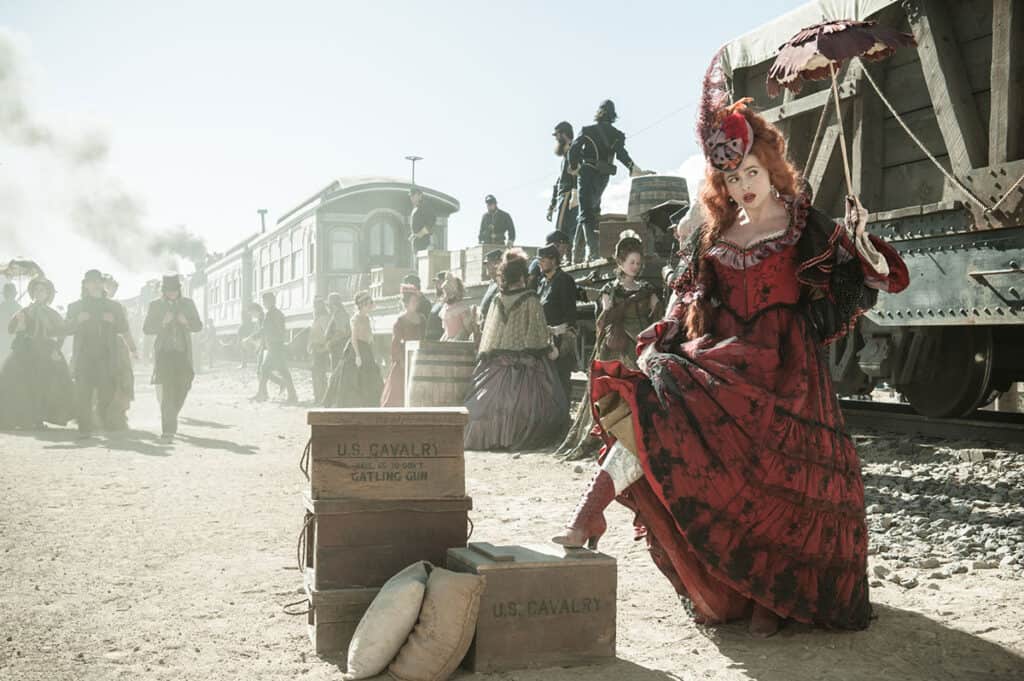
In October 2010, Gore Verbinski was officially slated to direct The Lone Ranger, reuniting with Depp from their three previous Pirates of the Caribbean collaborations. Principal photography was scheduled to begin after Depp completed his work on Tim Burton’s Dark Shadows. Armie Hammer was cast as The Lone Ranger John Reid in the interim.
In August 2011, nine months before principal photography began, The Lone Ranger suffered a major financial setback. Disney publicly announced the production would be delayed due to the budget that was ballooning out of control. At the time, a reported $260 million price tag was given to the picture. Disney CEO Bob Iger and Chairman Rich Ross organized efforts to contain the budget and reduce the escalating costs of the movie, which included Verbinki, Bruckheimer, Depp, and Hammer, all agreeing to reduce their salary by 20% to help pay for the production. Disney was already concerned about the financial failure of Cowboys & Aliens and the skyrocketing costs of John Carter and Oz the Great and Powerful and tried to get a handle on The Lone Ranger before it became too big to grasp. In addition to the financial sacrifices that were made by the talent involved, part of minimizing the cost of the movie involved discarding a supernatural element in the script written by Elliot and Rossio. The original draft they wrote involved mythic Native American lore dealing with coyotes, werewolves, silver bullets, and the like. Once the budget was drastically reduced to roughly $215 million, the paranormal plot points were deleted from the script.
After publicly addressing the film’s pre-production woes, Disney announced that The Lone Ranger was back on track in October 2011. The film was initially given a December 21, 2012 release date that was pushed back to May 31, 2013, and eventually delayed again to July 4th weekend. Meanwhile, Disney chairman Rich Ross was replaced by Alan Horn in 2012, who immediately began tinkering with the movie and heavily edited the scene in which Butch Cavendish gorily dines on Dan Reid’s heart. Changing leadership midway through the production may not have hurt, but it certainly didn’t help the movie overcome its disastrous fate.
Bolstered by an estimated budget of $215 million, principal photography on The Lone Ranger officially commenced on March 8, 2012, and lasted until July. Unfortunately, here is where the real trouble began. The sprawling production schedule required filming in six states to capture the American West, including Utah, Colorado, Arizona, New Mexico, Texas, and California. The massive logistical undertaking required the actors to undergo formal horseback riding, lassoing, and gun-handling training. One of the most infamous mishaps while making the movie involved Johnny Depp being thrown, dragged, and nearly trampled by his stunt horse, Scout. The instance occurred while filming a horse-riding scene in the desert while Tonto was riding alongside John Reid. As cameras were rolling, Depp slid off the side of the horse and held on for dear life until he plummeted to the ground at full speed. The horse clipped Depp a few times with its back legs, leaving him with scratches and bruises on his chest and abdomen. However, in the video footage released of the accident, Scout fortunately lunged over Depp’s body in the nick of time, preventing much further damage in the process. Afterward, Depp beamed to Verbinski, “I’ll tell you what the positive thing is…my coccyx didn’t take a hit!”
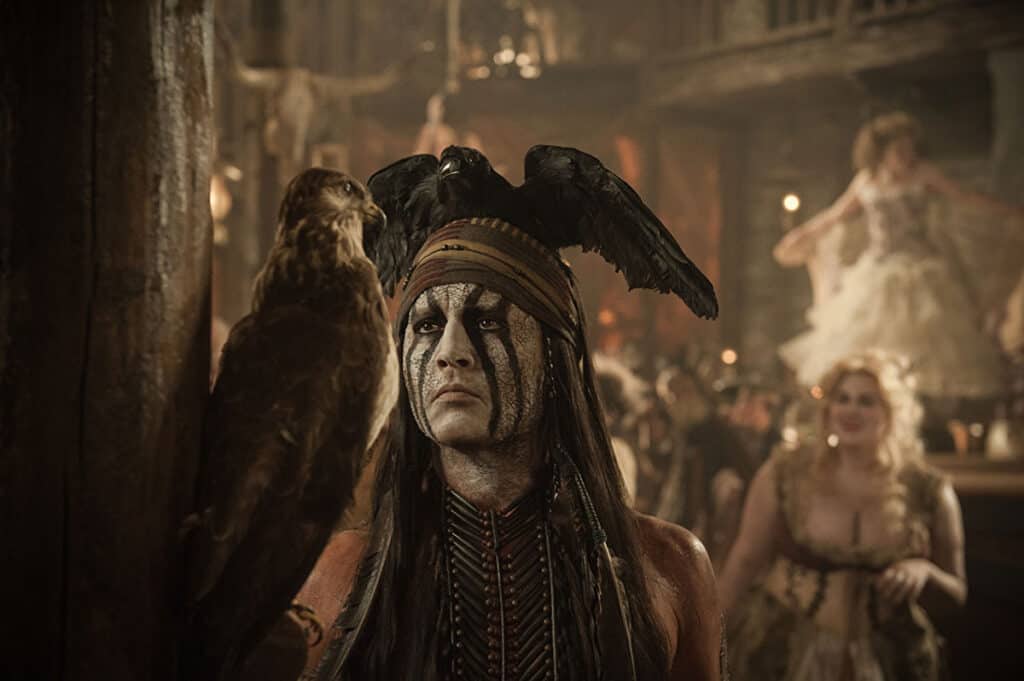
Although Depp came away from the mishap fairly unharmed, the film shoot would continue to suffer one major blow after another. Hammer injured his elbow during a stunt that required him to jump on his horse. When the horse leaped out of the way at the last second, Hammer fell backward onto the ground and damaged his right bursa sack. While filming on location in the spring and summer of 2012, the production was delayed due to intense rainstorms, snowfall, wildfires, 70-MPH winds, dust storms, and temperatures over 100 degrees. Of course, more delays meant more money spent, with the budget swelling back up to $225-250 as the production progressed. If that wasn’t bad enough, several crewmembers fell ill after a chicken pox outbreak contaminated the set while making the movie, which caused further costly schedule delays.
Sadly, the biggest tragedy that occurred while making The Lone Ranger involved the death of crewmember Michael Andrew Bridger, who worked as a water safety expert on the movie. While preparing to film an underwater action set piece inside a large water tank on September 21, 2012, Bridger accidentally drowned to death. According to reports, Bridger was wearing scuba diving equipment and suffered a fatal heart attack while cleaning the inside of a deep pool in California that was going to be used to film a scene in The Lone Ranger. Bridger was 48 when he passed away.
It’s easy to point to The Lone Ranger’s box critical and commercial failures, but there’s nothing worse in the history of the movie’s production than losing a crewmember. As a result of the mounting production problems and rising costs, The Lone Ranger was nearly canceled before it was completed. In retrospect, for Disney’s financial sake, perhaps it should have been.
With the tragic mishaps out of the way, it’s time to turn to the technological aspects of film. Cinematographer Bojan Bazelli opted to film The Lone Ranger in anamorphic format, doing so for the first time since he worked on Abel Ferrara’s Body Snatchers a decade prior. Bazelli chose to use Panavision C- and G-Series lenses to film the anamorphic scenes. Meanwhile, roughly 70 percent of the movie takes place outdoors during the daytime, with Bazelli opting to film with Kodak Vision3 50D 5203 35mm film using Panavision Panaflex Platinum and Arriflex 435 cameras. The nighttime and exterior scenes were filmed using the Arri Alexa Studio camera, a digital prototype first used by Roger Deakins on Skyfall. Bazelli wanted to use the digital camera for its 4:3 censor and because it was the only Alexa camera with a rotating mirror shutter and optical viewfinder.
As for the eye-popping train sequences, a large portion of the movie’s budget was allocated to physically building a 5-mile train track from the ground up in New Mexico. Verbinski favored practical sets over CGI recreations, meaning an entire Old West town had to be erected from scratch to film the train scenes. To film trains traveling in all four geographical directions, Verbinski had a large ovular train track built around the fictional town outside of Albuquerque.
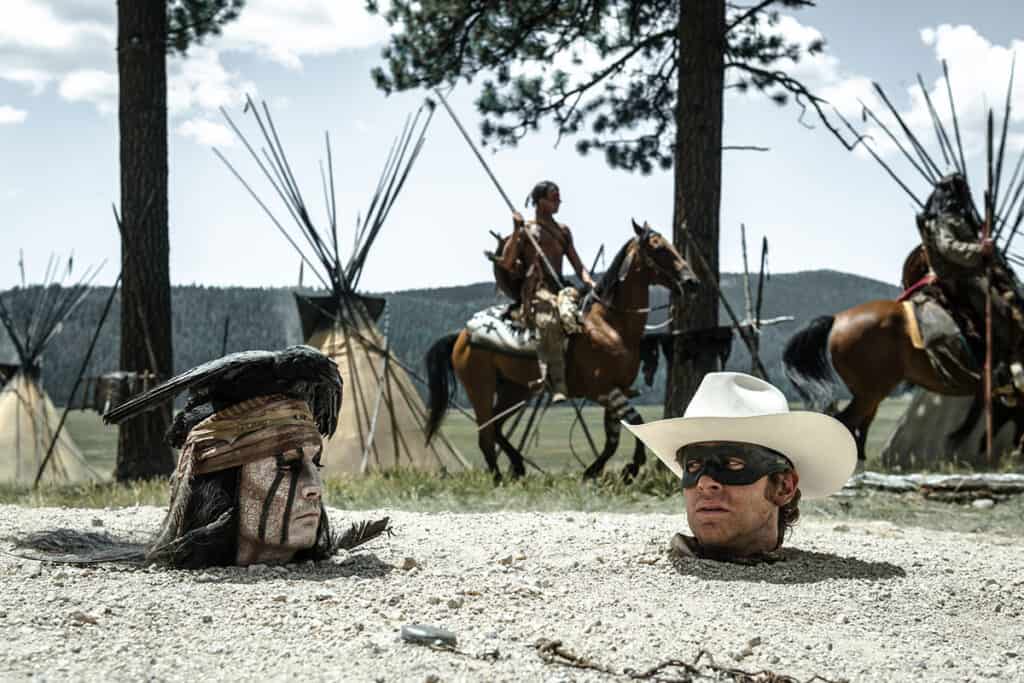
According to Variety, these efforts were made “So that Verbinski could film action sequences inside and on top of real trains without having to stop the locomotives and turn them around. Additional rails were laid down around Moab, Utah, with other sequences shot on tracks owned by Union Pacific Railroad, which typically doesn’t work with film productions.” To achieve the utmost authenticity, the trains in the film could only travel 30 MPH at most, which was the standard speed of locomotives at the time the story takes place. Again, the costly measures continued to balloon the budget and spiral the production out of control. Even Hammer noticed the profligacy, telling the press that for a scene in which Tom Wilkinson’s character, Cole, flips his pocket watch, the world’s greatest Yo-Yo artist was flown in to teach Wilkonson how to achieve the trick. That’s how wastefully extravagant the budget for The Lone Ranger was.
In the end, despite Disney banking on the track record of Depp and Verbinski from their Pirates of the Caribbean successes, The Lone Ranger eventually became the biggest box office bomb in the history of Walt Disney Studios. In addition to the estimated $250 production budget, the studio spent an additional $150 million on marketing, prints, and ads. While The Lone Ranger ultimately grossed $260.5 worldwide, Disney lost somewhere between $160-190 million when all the receipts were tallied. Roughly one year after the movie was released, the President of Walt Disney Studios, Alan Bergman, was asked in a conference call if the studio would be able to recoup the financial losses of John Carter and The Lone Ranger. Bergman stated, “I’m going to answer that question honestly and tell you no, it didn’t get that much better. We did lose that much money on those movies.” As a result, all plans to turn The Lone Ranger into the next lucrative Disney movie franchise were declared dead.
Adding insult to injury, The Lone Ranger fared just as poorly among film critics when the film was released in July 2013. The film currently holds a dismal 31% Rotten Tomatoes score and a lackluster 37 Metascore. Following the poor reviews, Bruckheimer, Depp, Hammer, and Verbinski publicly took issue with American film critics, declaring that the film was being judged on all the distracting external factors rather than the movie itself. According to Depp, “The reviews were written seven to eight months before we released the film.” Hammer echoed the sentiment, adding, “If you go back and read the negative reviews, most of them aren’t about the content of the movie, but more what’s behind it.”
Despite the widespread critical misgivings, The Lone Ranger still has its defenders. A few weeks after the film was released, Bruckheimer told Vulture that:
“I think it is going to be looked back on as a brave, wonderful film. I’ve been through this a lot with journalists. We made a movie years ago called Flashdance (1983), and I remember one journalist just giving us the worst review ever. Then, about five years later, we get this kind of love letter – that he totally “missed” it. That he loved the movie, and it’s kind of the same with you that, any time it’s on, you have to watch it. It happens, you know.”
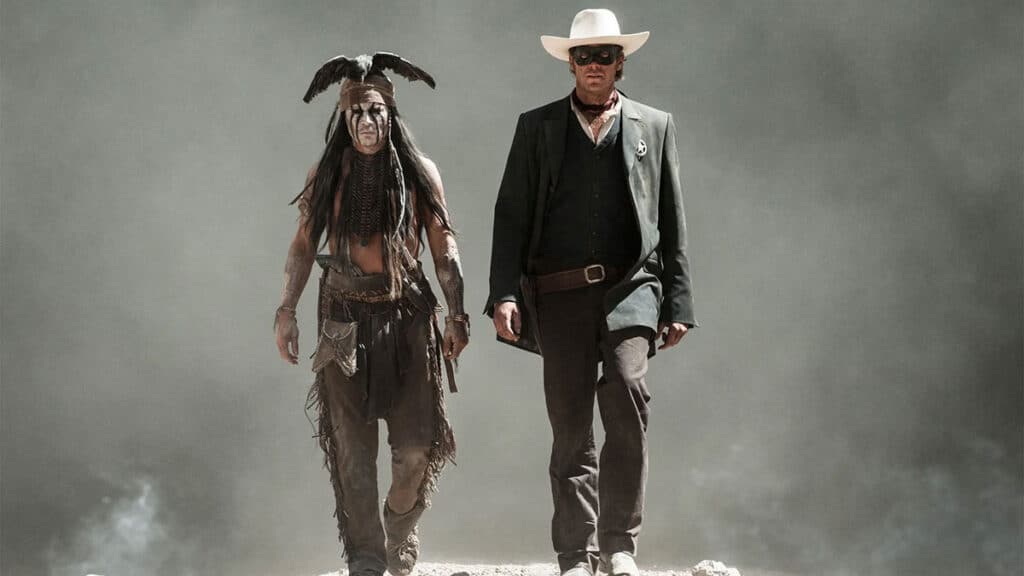
Meanwhile, Quentin Tarantino named The Lone Ranger among his 10 favorite movies of 2013, for whatever that’s worth. Still, the support wasn’t enough to prevent The Lone Ranger from being nominated for 5 Golden Rasberry Awards, including one win for Worst Prequel, Remake, Rip-off, or Sequel. Ironically, Verbinksi’s version isn’t the only Lone Ranger movie to earn Razzies.
Before the 2013 version, the last theatrical Lone Ranger movie belonged to William A. Fraker’s The Legend of the Lone Ranger, released in 1981. The movie was an abject critical and commercial failure that ranks as one of the worst TV adaptations of all time. The biggest gripe concerned the casting of Klinton Spilsbury as John Reid, a non-professional actor who was a photographer by trade. Spilsbury was cast on the strength of looking great in a mask and was given a three-picture deal despite having zero acting experience. Similarly, Tonto was played by Michael Horse, a non-professional actor who worked as a silversmith and had only previous credit to his name. While Horse would go on to star in David Lynch’s Twin Peaks, Spilsbury never appeared in the movie again in his life. More disgraceful yet, Spilsbury’s voice was dubbed by James Keach in the movie yet Spilsbury still won Razzies for Worst Actor and Worst New Star in 1981. In total, The Legend of the Lone Ranger was nominated for six Razzies and won four. Who knows, perhaps big-screen adaptations of The Lone Ranger will be forever cursed to suffer a cruel fate.
While we could do a whole other video on how much the movie blatantly steals from other classic Westerns, it’s probably best to pull the reins back and simply declare…That’s What The F*ck Happened to The Lone Ranger! The movie’s financial cost spiraled out of control before a frame of film was shot, and due to a spate of unforeseen mishaps, injuries, diseases, wildfires, weather delays, and a tragic on-set fatality, the film was nearly canceled before Gore Verbinski could complete his directorial vision. The production woes were compounded by negative reviews from critics, which in turn, led to a disastrous performance at the theatrical box office. When added up, the movie’s marketing and exhibition costs equaled anywhere between $160 and $190 million in losses for Disney. In 2023, The Lone Ranger officially surpassed John Carter to become Walt Disney Studios’ all-time biggest financial flop. Johnny Depp and Armie have since been ostracized in Hollywood and Verbinski has only made one feature film in the interim, the 2016 thriller A Cure for Wellness. It’s safe to say everyone involved in The Lone Ranger could use a cure for wellness of some kind in 2023.






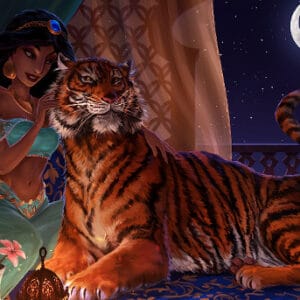
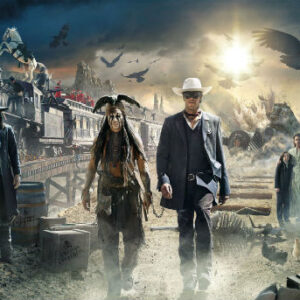
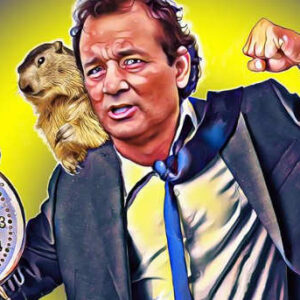











Follow the JOBLO MOVIE NETWORK
Follow us on YOUTUBE
Follow ARROW IN THE HEAD
Follow AITH on YOUTUBE